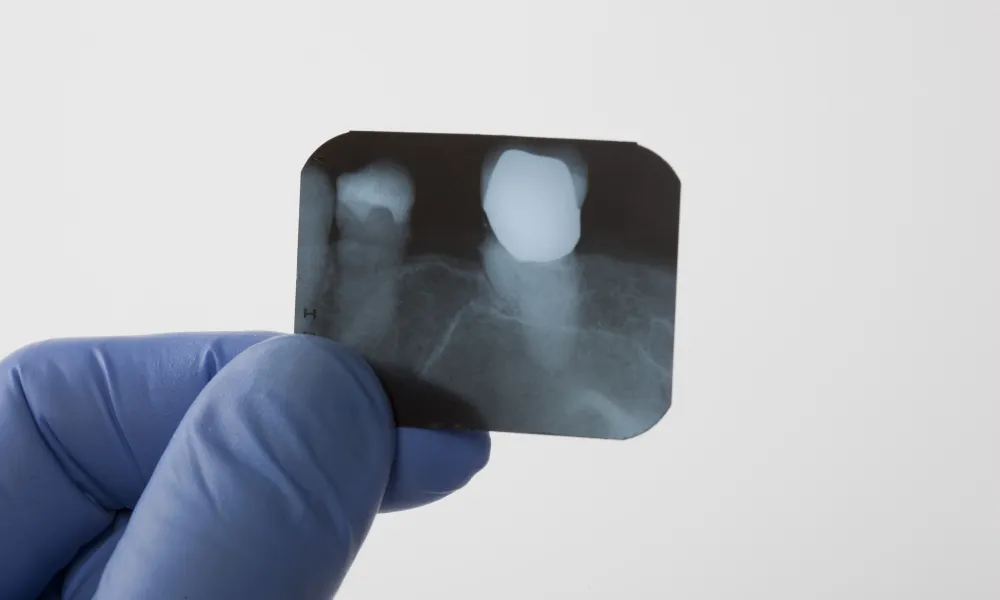COMMONLY ASKED QUESTIONS ABOUT ARTHROGRAMS
What is an arthrogram?
An arthrogram is a study that involves an injection of contrast medium into an affected joint, followed by a series of images. This test allows the physician to see the anatomy and function of the joint. This is usually preformed and interpreted by a radiologist. The radiologist will prepare a diagnostic report to share with your referring physician. Your physician will consider this information in the context of your care.
Why do I need an arthrogram?
An arthrogram is useful because it allows your physician to see the soft tissues in your joint, not only bone, as in a regular x-ray.
An arthrogram can be used:
- To find problems in the joint capsule, ligaments, cartilage, and bone.
- To find abnormal growths or cysts.
- To check for needle placement before a pain relieving injection, such as a epidural-type steroid injection or before a joint fluid analysis.
- For therapeutic or diagnostic indications.
What joints can be seen in this test?
Hip, knee, ankle, shoulder, elbow, wrist, or jaw
Before the procedure:
- Inform your physician if:
- You are pregnant or currently breastfeeding.
- You have any allergies or sensitivities, especially to contrast medium, iodine, shellfish, or latex.
- You are taking any anti-coagulants (blood thinners) including aspirin.
- You have had any surgeries to this joint.
- Do not wear any jewelry to your exam.
- You will be asked to change out of your clothes and into a gown.
During the procedure:
- Remove any objects that may interfere with the exam: clothing, jewelry, or other. You will be given a gown to wear.
- You will be positioned on the examination table in the procedure room.
- X-rays of the joint may be taken before the injection of the contrast medium for comparison after injection.
- The skin around the joint will be prepared with an antiseptic solution.
- The area around the joint will be numbed with a local anesthetic.
- If fluid is present in the joint, this fluid will be removed.
- Contrast medium will be injected into the joint.
- After injection, you may be asked to move the joint so the contrast medium can be distributed evenly throughout the joint.
- You may be asked to exercise the joint.
- Once the contrast medium has been distributed through the joint, multiple x-rays will be made with the joint in various positions.
- Length of procedure: 30 to 60 minutes.
After the procedure:
- Rest the joint for 12 hours.
- No strenuous activities for 1-2 days.
- Ice for swelling.
- Pain medications, if needed.
Call your physician if:
- You have pain or swelling that does not go away within 2-3 days following your test.
- You begin to run a fever after the procedure.
- You develop an infection.

